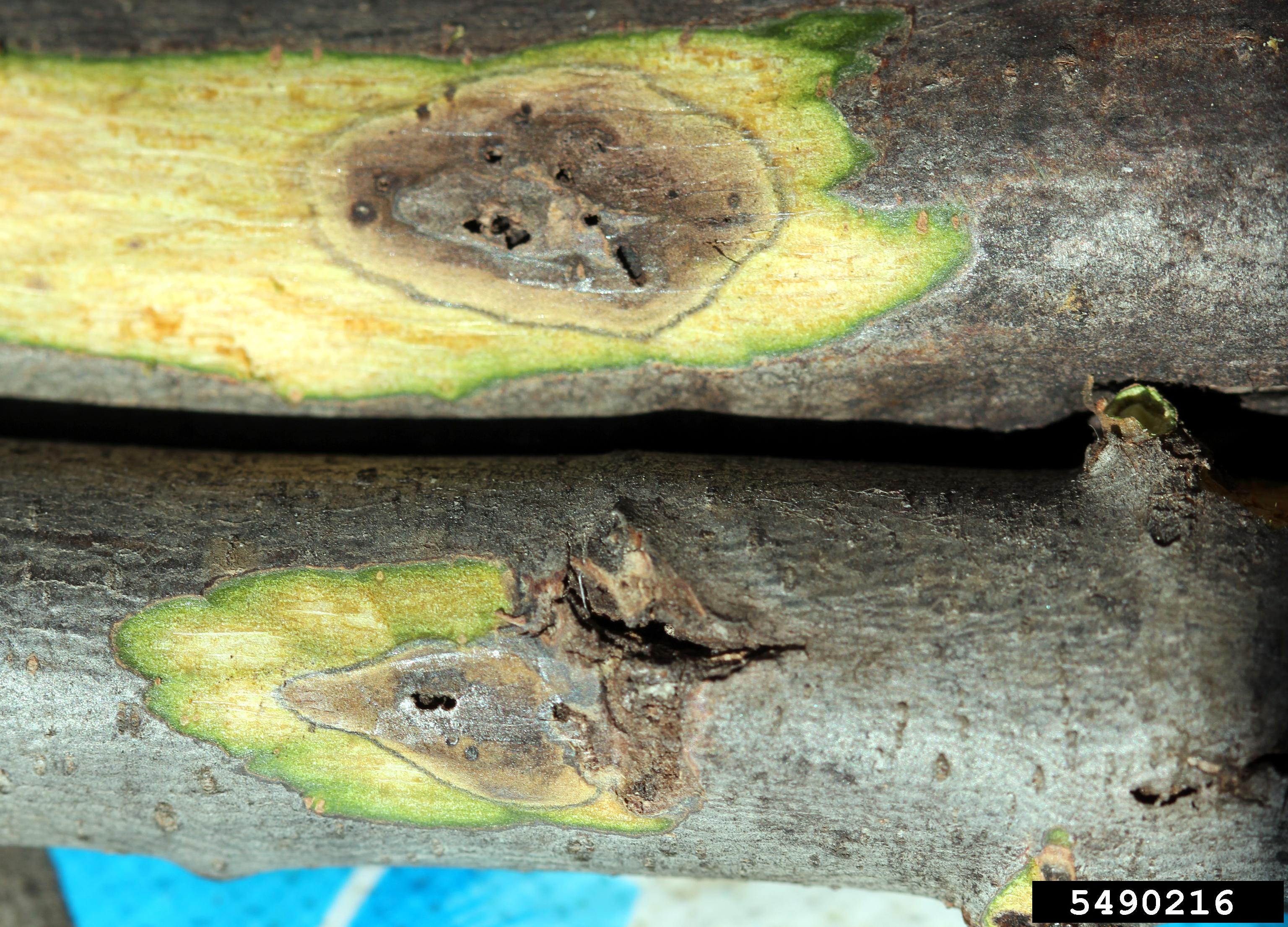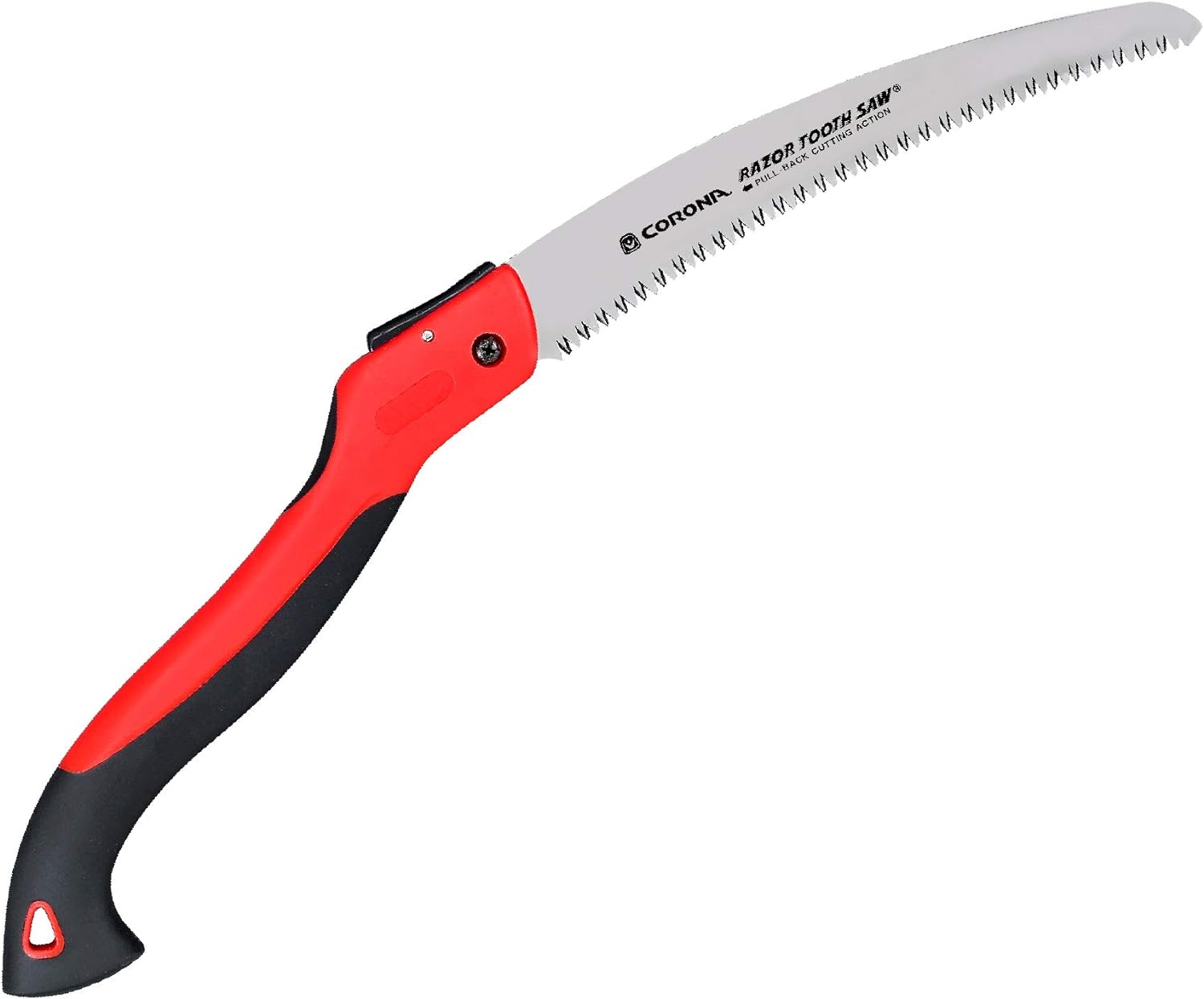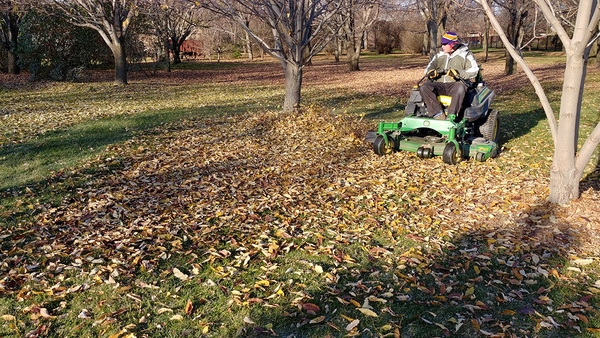
Thousand cankers disease is a serious threat to the Northern Plains black walnut (Juglans nigra, Zones 4–9). Understanding the disease can help prevent the loss of these ecologically and economically important trees.

Affected Species
Thousand cankers disease is a relatively new threat to certain species of walnut. It primarily affects black walnuts but also threatens little walnuts (Juglans microcarpa, Zones 5–9), butternut (Juglans cinerea, Zones 3–7), and the nonnatives Manchurian walnut (Juglans mandshurica, Zones 5–8) and English walnut (Juglans regia, Zones 3–9). First observed in the western United States in the 1990s and recently detected in the eastern part of the country, the disease has caused a widespread quarantine in much of the central United States, with the Northern Plains caught in between.

How the Disease Works
The disease is caused by a fungus (Geosmithia morbida) that is vectored—or carried—by the walnut twig beetle (Pityophthorus juglandis). This fungus causes numerous small cankers to form around the beetles’ galleries in the tree’s phloem, the layer just beneath the bark that transports sugars and nutrients from the leaves to the rest of the tree. The cankers on this area rarely show externally, unlike many other canker diseases that show signs of weeping at infection sites. When numbers are high enough, branches can be completely girdled by the unseen cankers, disrupting the flow of nutrients.

Diagnosis
To determine the presence of thousand cankers disease, peel away the outer bark to see if walnut twig beetle galleries have been made in the phloem under dense areas of pinhole-sized cankers. Additionally, if your walnut shows sign of flagging, ask your local tree health professional or extension office to conduct a site visit to verify the presence of the disease.
If a walnut tree is infected, symptoms will appear in the crown of the tree through yellowing, wilting, and dying leaves in the upper branches, which will progress downward over time. Other symptoms that may be visible are the growth of epicormic shoots, sometimes called suckers, that form from dormant buds as the stressed tree tries to survive. Ultimately, after two to three years of infection, the tree will succumb to the disease and die.

Treatment
If a tree is found to be infected with less than 50% of healthy crown remaining, management is currently limited to the removal of the entire tree and destruction of infected material through burning, as the beetles have been shown to survive after bark has been chipped for mulch. If the tree has just started to show symptoms, removal and destruction of affected branches during winter months prior to beetle emergence and flight activity can help mitigate the spread. On the bright side, the infected tree can still be salvaged for its valuable wood if the bark, phloem, and cambium are removed and destroyed. Also, the disease surprisingly does not affect the nuts of affected trees, which can still be consumed and transported.
The best prevention strategies include maintaining healthy trees through proper irrigation and fertilization, which prevents stress on trees. Stress can affect their natural ability to combat pests and diseases. Additionally, don’t move firewood, and only use locally produced firewood!
—Chris Schlenker is the head gardener of McCrory Gardens at South Dakota State University in Brookings, South Dakota.
All photos by Whitney Cranshaw are licensed under CC 3.0.
Fine Gardening Recommended Products

Corona Tools 10-Inch RazorTOOTH Folding Saw
Fine Gardening receives a commission for items purchased through links on this site, including Amazon Associates and other affiliate advertising programs.

Fiskars 28" Power-Lever Garden Bypass Lopper and Tree Trimmer
Fine Gardening receives a commission for items purchased through links on this site, including Amazon Associates and other affiliate advertising programs.



















Comments
Log in or create an account to post a comment.
Sign up Log in